Some cars turn heads on the outside, but the truly memorable ones do it inside, too. The right interior can feel just as timeless as the bodywork—and a few classic cabins have aged like fine wine. From buttery leather and polished wood to dashboards that still feel perfectly laid out, these interiors haven’t just survived—they’ve thrived. Here are eight classic car interiors that prove great design only gets better with age.
Jaguar E-Type
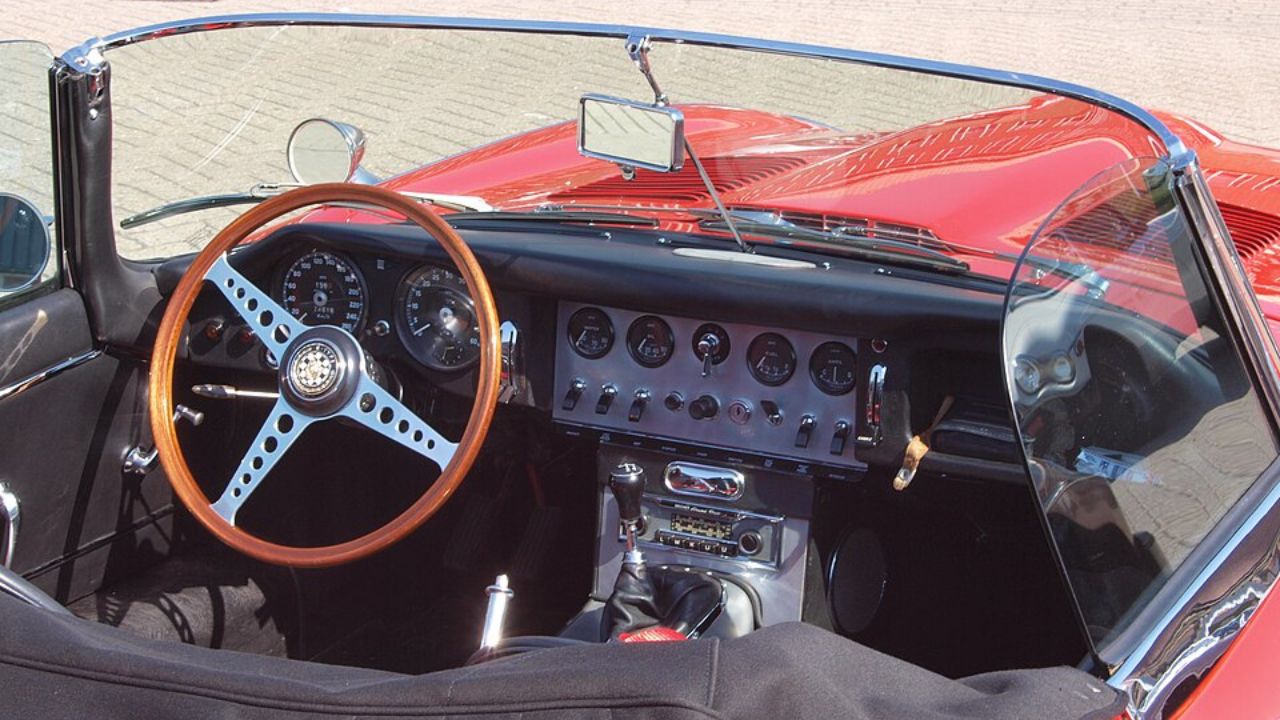
The Jaguar E-Type, particularly models produced between 1961 and 1974, offers an interior that remains a standard of elegance and simplicity. The E-Type’s cockpit is centered around the driver, featuring a trio of large, round gauges set into a simple, uncluttered dashboard. The toggle switches and chrome finishes add a touch of sophistication that modern cars often emulate.
Leather seating and a wood-rimmed steering wheel provide a sense of luxury, while the minimalist design ensures the focus remains on the driving experience. Even today, the Jaguar E-Type’s interior is admired for its blend of style and functionality, making it a timeless classic.
Mercedes-Benz 300SL Gullwing
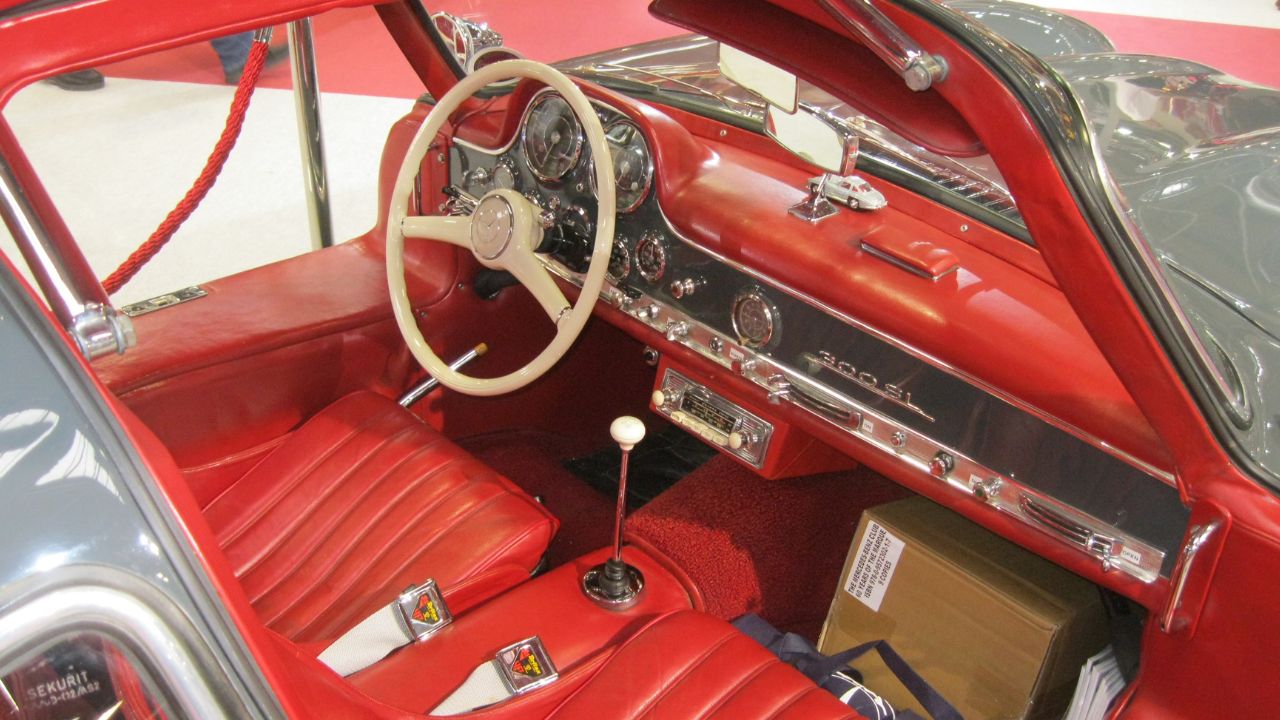
The Mercedes-Benz 300SL Gullwing, produced from 1954 to 1957, is renowned not only for its iconic gullwing doors but also for its well-crafted interior. The cockpit is a masterpiece of 1950s design, with a dashboard featuring a series of elegant dials and switches that are both functional and beautiful.
The plush leather seating and the use of high-quality materials throughout the cabin reflect the luxury and attention to detail that Mercedes-Benz is known for. The 300SL Gullwing remains a shining example of how classic car interiors can combine comfort with a timeless aesthetic appeal.
Porsche 911 (1960s)
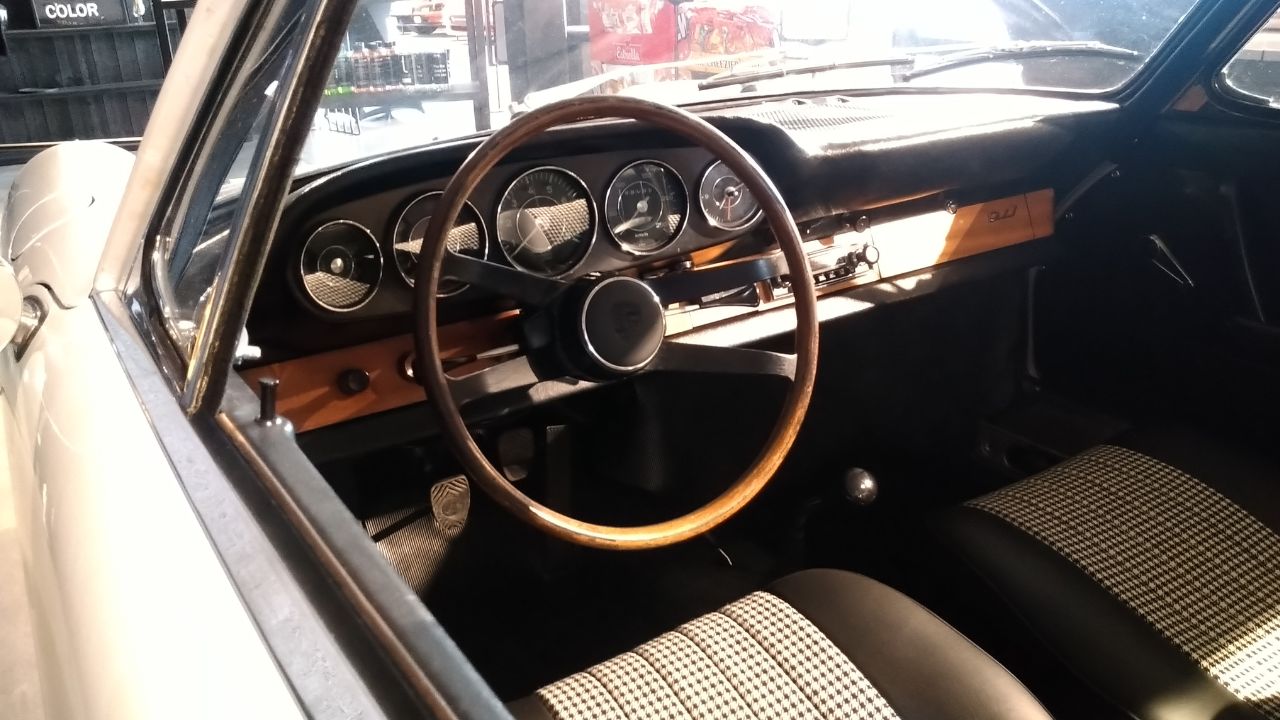
The Porsche 911, introduced in the 1960s, has an interior that has evolved while maintaining its core design principles. Early models feature a simple yet effective layout with a focus on the driver. The centrally located tachometer is a hallmark of the 911, highlighting the car’s performance-oriented nature.
With leather upholstery and a minimalist dashboard, the 1960s 911 interiors are clean and functional. These elements, coupled with Porsche’s commitment to quality, have ensured that the early 911 interiors remain beloved by enthusiasts and collectors alike.
Aston Martin DB5
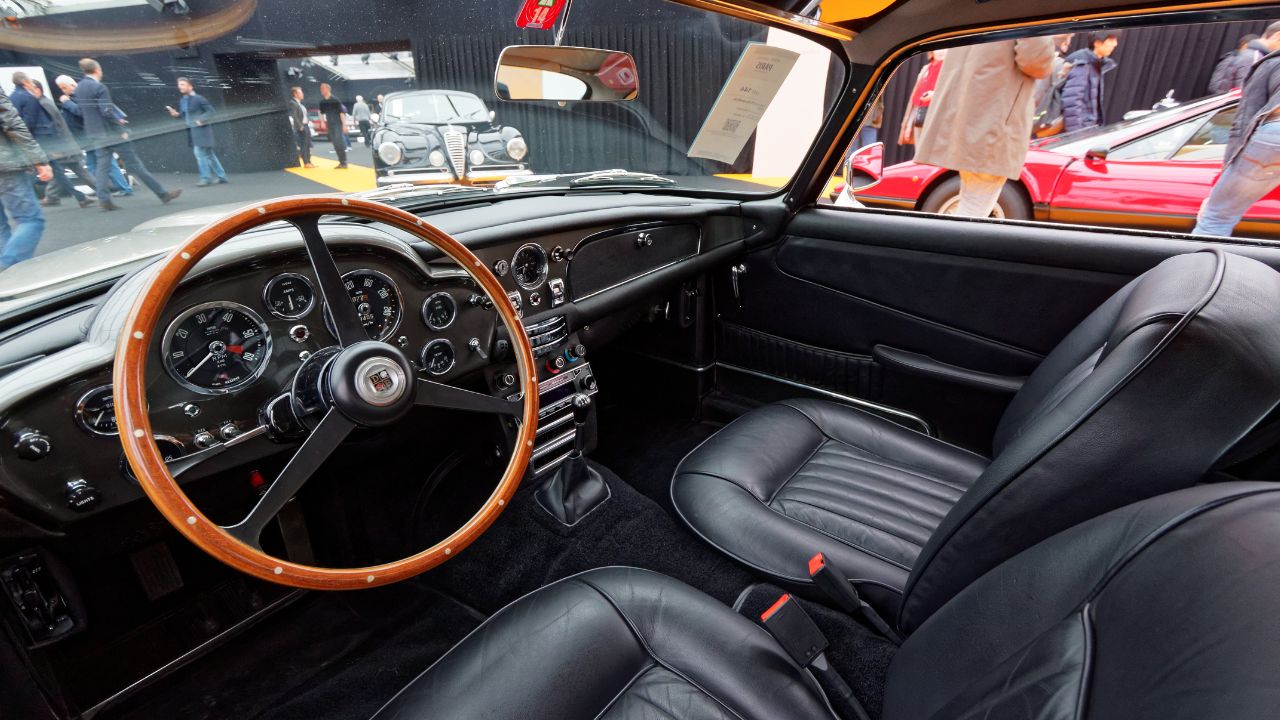
The Aston Martin DB5, produced between 1963 and 1965, is perhaps best known for its association with James Bond, but its interior is equally iconic. The cabin is a blend of luxury and sportiness, with a wood-trimmed dashboard and leather seats that exude British elegance.
The DB5’s interior features an array of gauges and controls that are both stylish and intuitive, providing a driving experience that is as much about comfort as it is about performance. The attention to detail and quality materials ensure that the DB5’s interior remains a benchmark in classic automotive design.
Ferrari 250 GTO
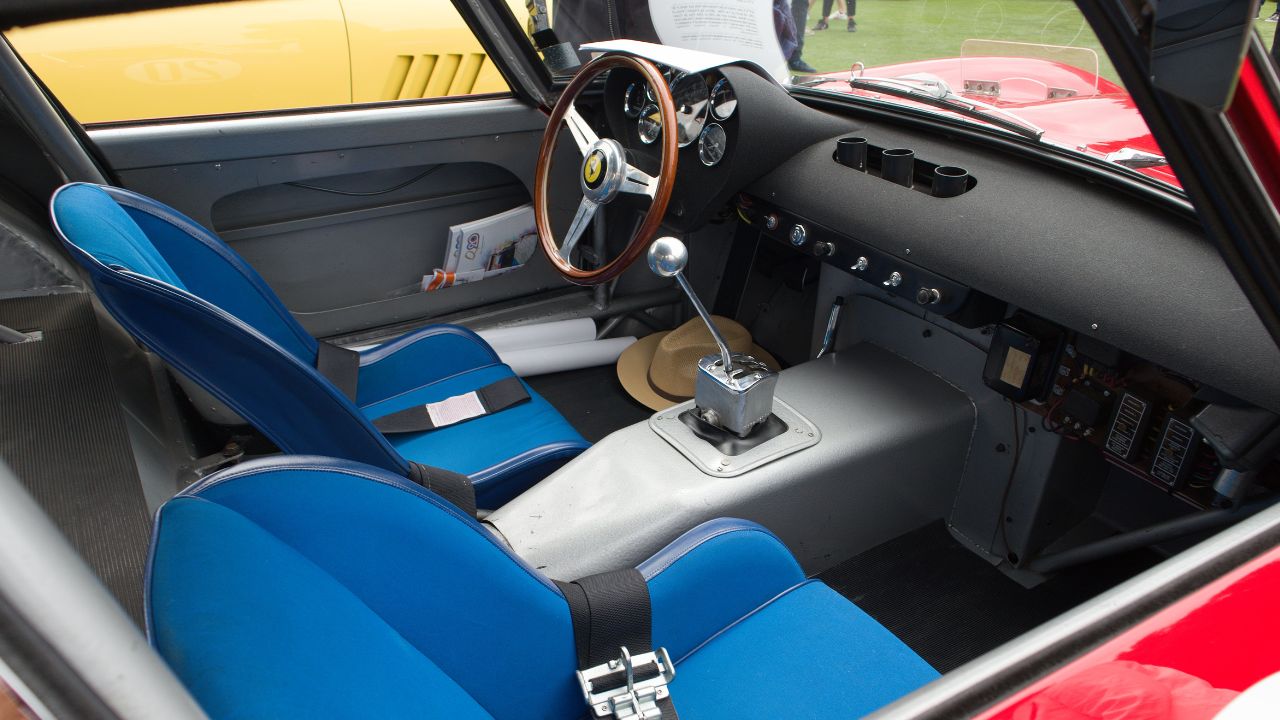
The Ferrari 250 GTO, produced from 1962 to 1964, is a rare and highly coveted classic car, and its interior matches its legendary status. The cockpit is designed with racing in mind, featuring a large, central tachometer and minimal distractions for the driver.
Despite its racing pedigree, the 250 GTO doesn’t skimp on luxury, with leather seats and a dashboard that combines form and function. The interior’s focus on performance and luxury has helped the 250 GTO maintain its reputation as one of the greatest classic cars ever made.
Ford Mustang (1964½)
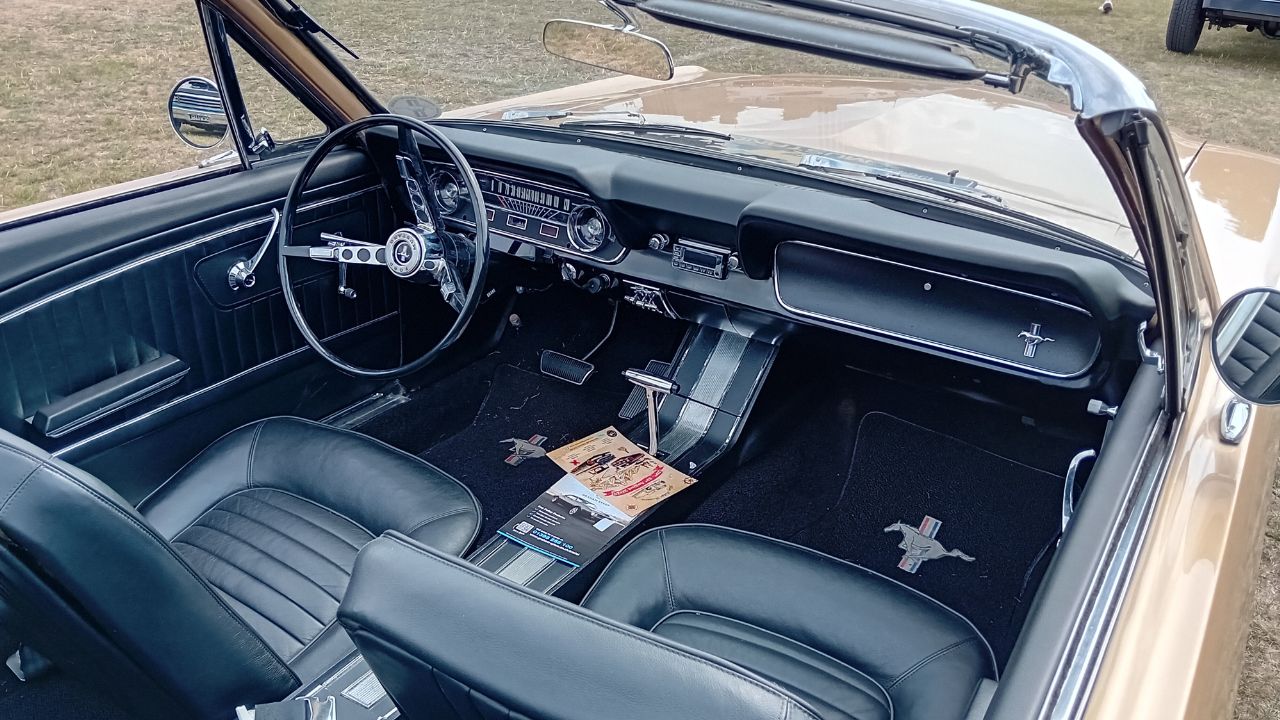
The 1964½ Ford Mustang marked the birth of the pony car and came with an interior that captured the spirit of the 1960s. The cabin features a sporty design with a simple, dual-cockpit layout that was revolutionary at its time. The dashboard is straightforward, with easy-to-read gauges that emphasize driving ease.
Vinyl seating and a range of color options allowed buyers to personalize their Mustangs, a practice that continues today. The timeless appeal of the original Mustang interiors has made them a favorite among car collectors and enthusiasts.
Chevrolet Corvette Sting Ray (C2)
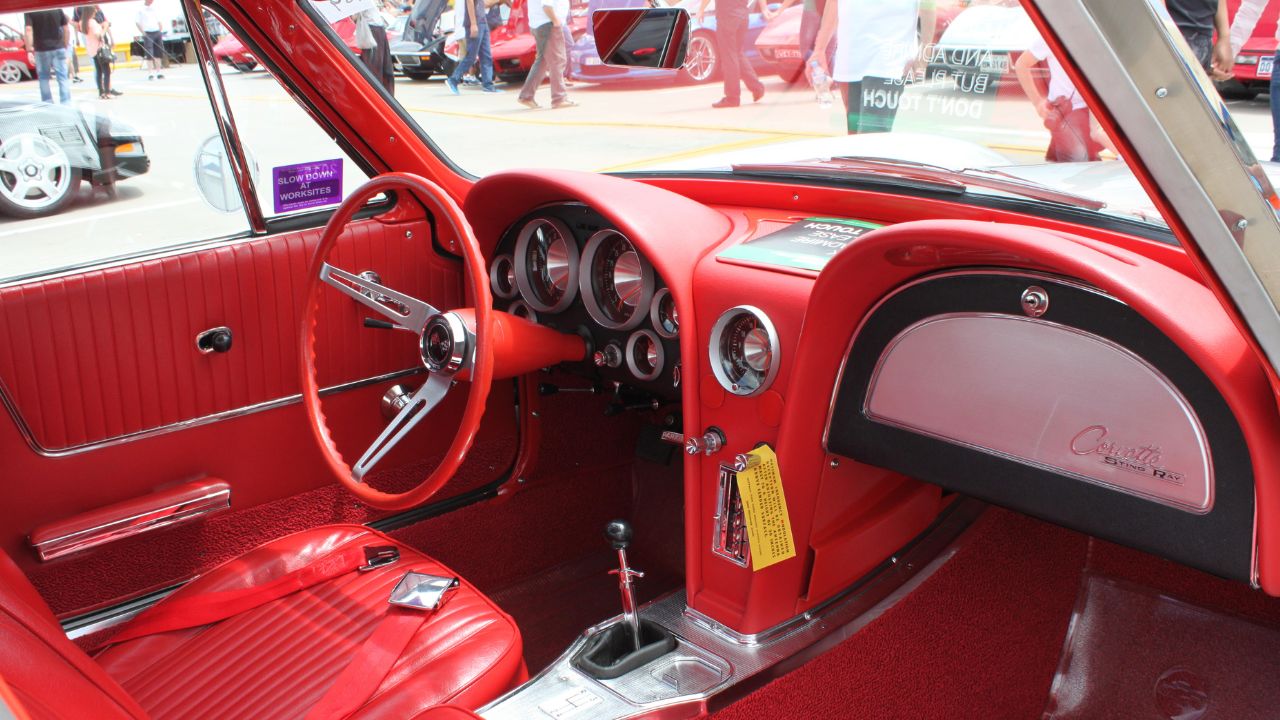
The Chevrolet Corvette Sting Ray, produced from 1963 to 1967, is celebrated for its innovative design, both inside and out. The interior of the C2 Corvette is characterized by its aviation-inspired cockpit, complete with dual cowls and a center console that adds to the driver-focused environment.
The use of high-quality materials, such as leather and chrome, combined with a well-organized dashboard, makes the Sting Ray’s interior both luxurious and practical. Its enduring design continues to influence Corvette interiors today, highlighting its lasting impact on automotive design.
Rolls-Royce Silver Cloud III
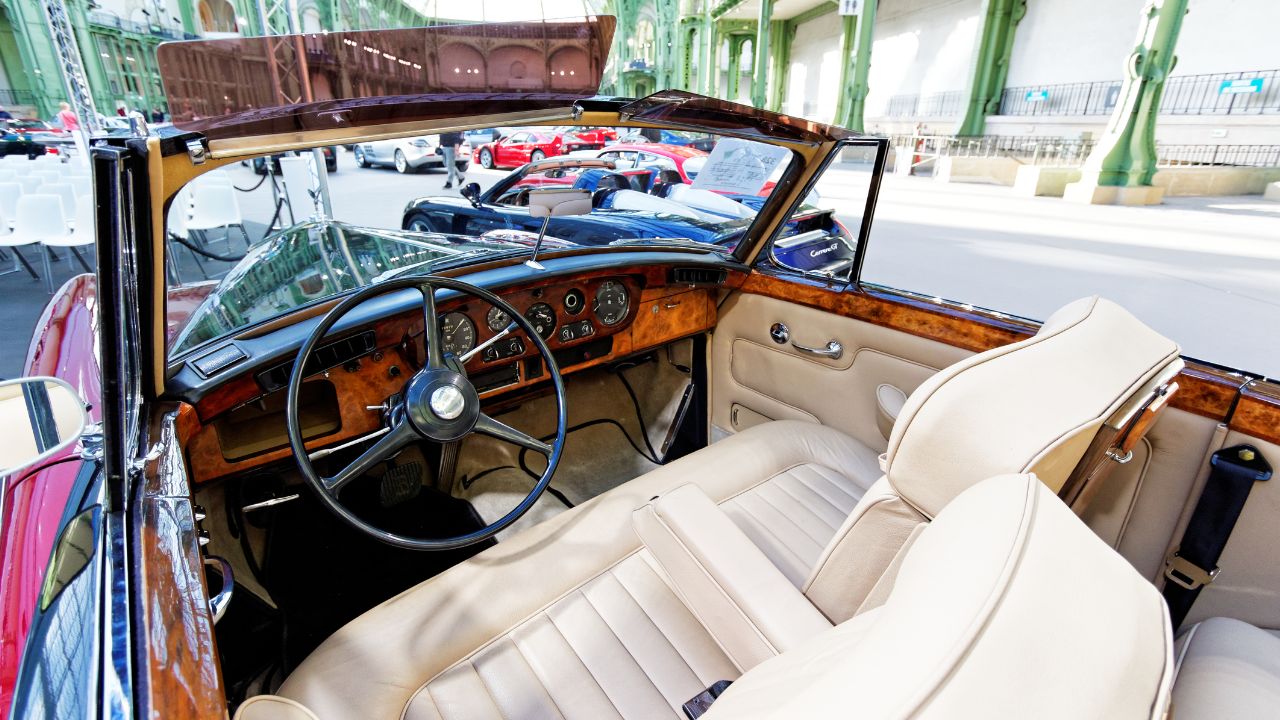
The Rolls-Royce Silver Cloud III, produced from 1963 to 1966, showcases an interior that epitomizes luxury and craftsmanship. The cabin is generously appointed with the finest materials, including sumptuous leather and rich wood veneers, creating an environment of unparalleled comfort.
The Silver Cloud III’s dashboard is elegantly designed, with a classic layout that remains intuitive and functional. The attention to detail and commitment to quality have ensured that the interiors of these classic Rolls-Royces continue to be admired for their sophistication and timeless elegance.
Like Fast Lane Only’s content? Be sure to follow us.
Here’s more from us:
*Created with AI assistance and editor review.

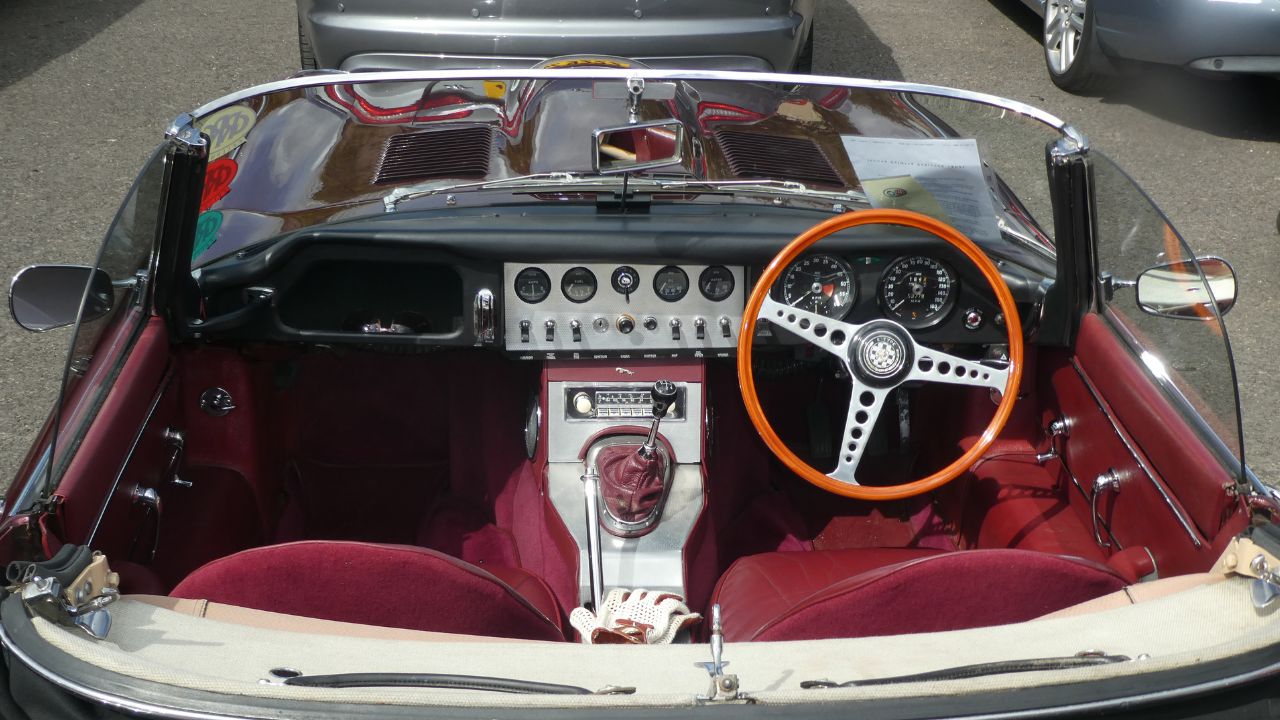
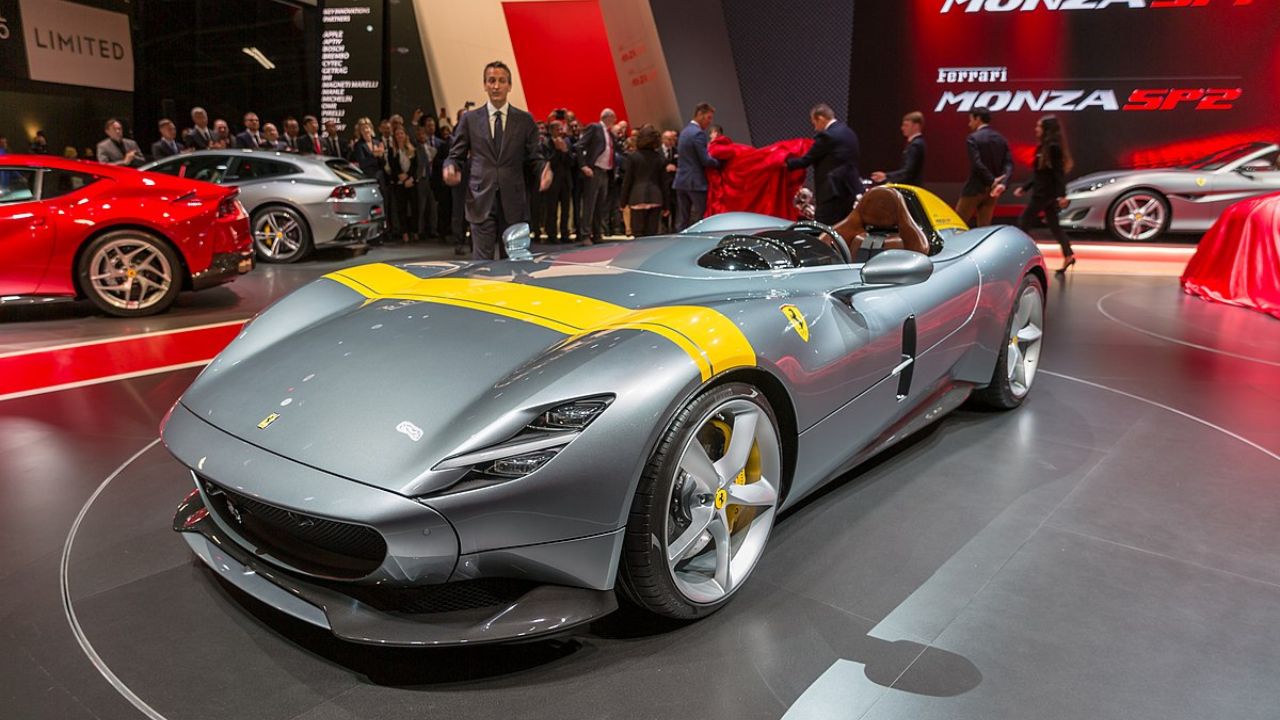
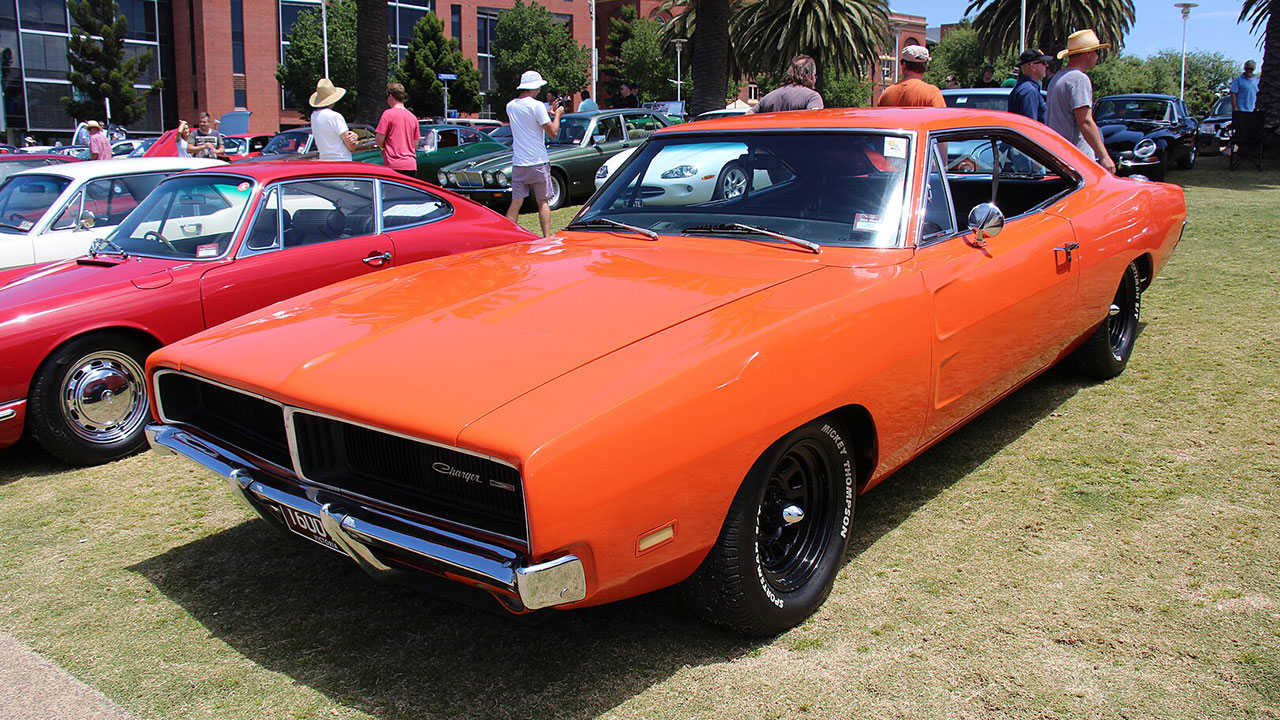
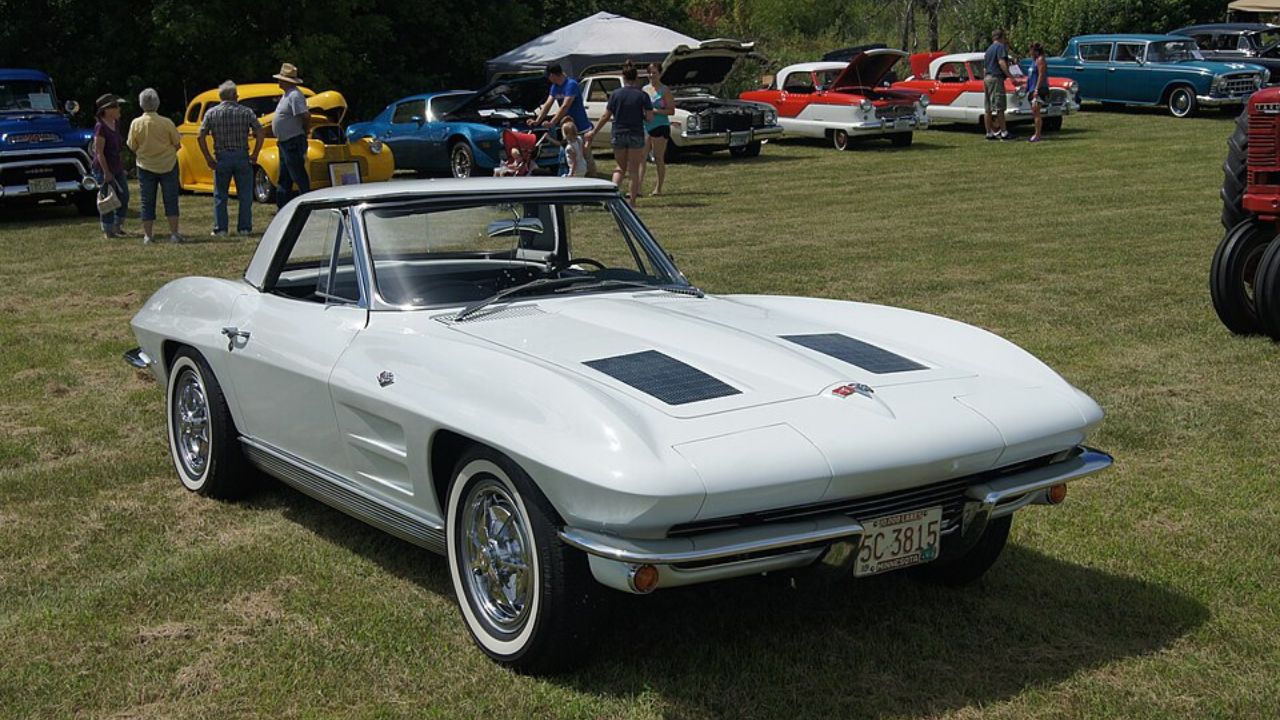

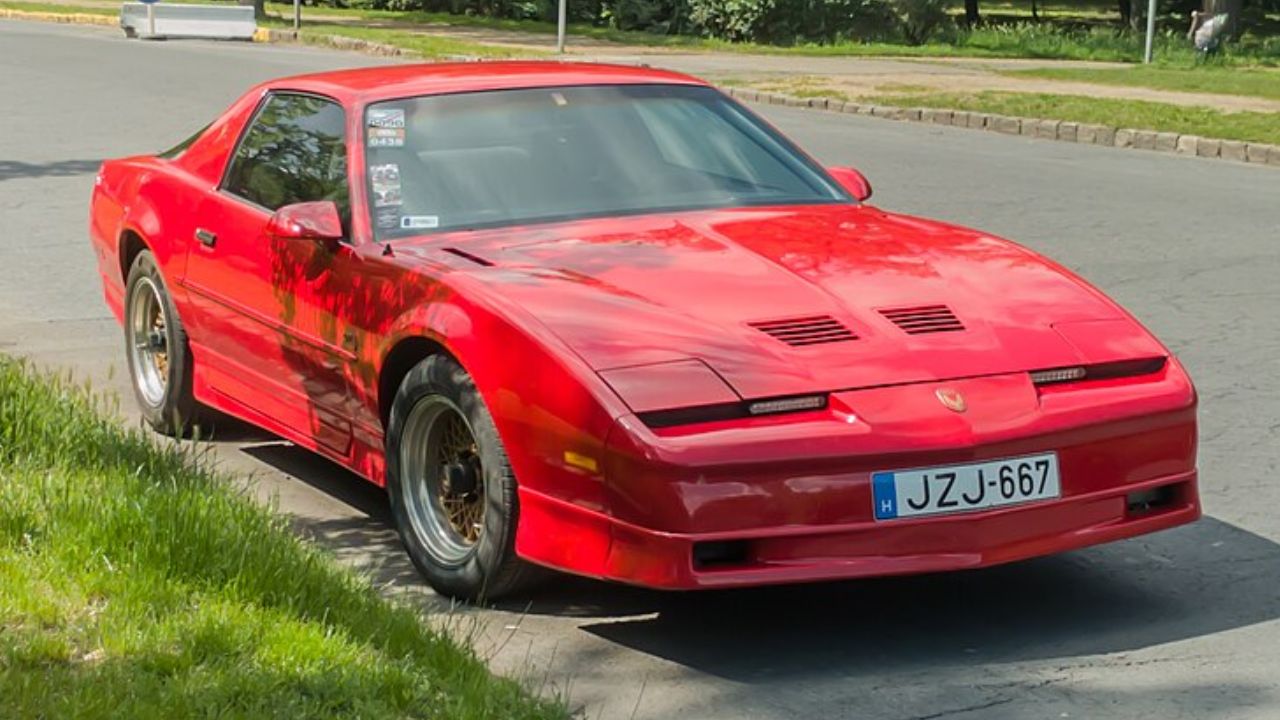
Leave a Reply